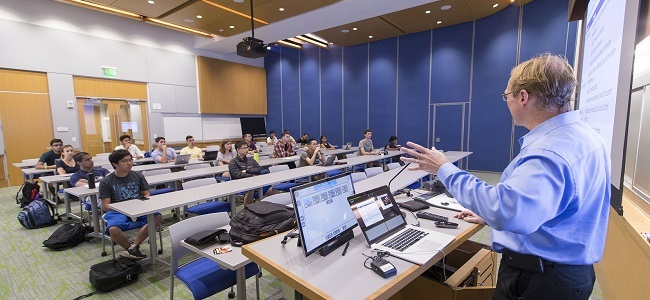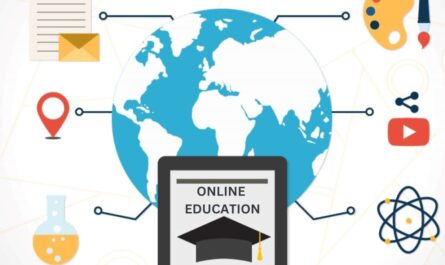In the digital era, technology has fundamentally reshaped modern education, transforming teaching methods, learning experiences, and institutional operations. The integration of technology into education has unlocked new opportunities and led to significant improvements in both teaching and learning. This article explores 21 benefits of technology in education, highlighting how digital tools and resources are enriching educational experiences and outcomes.
- Personalized Learning
- Adaptive Learning Technologies Technology supports personalized learning through adaptive learning systems that modify content based on each student’s needs. These platforms analyze performance data to customize lessons, assignments, and feedback, ensuring instruction aligns with individual learning paces and styles.
- Access to a Wealth of Information
- Extensive Online Resources The internet offers an extensive range of educational materials, including academic journals, e-books, interactive tutorials, and educational videos. This broad access allows students to explore subjects in greater depth and access information beyond traditional textbooks, enhancing their research and learning capabilities.
- Enhanced Engagement
- Interactive Learning Tools Interactive tools such as educational games, simulations, and multimedia presentations make learning more captivating. Technologies like Virtual Reality (VR) and Augmented Reality (AR) provide immersive experiences that engage students and bring complex concepts to life.
- Improved Collaboration
- Digital Collaboration Platforms Technology enables students to collaborate more effectively through platforms like Google Classroom, Microsoft Teams, and Slack. These tools facilitate group work, idea sharing, and peer feedback, promoting teamwork and communication skills.
- Increased Accessibility
- Online Learning Platforms Online learning platforms and virtual classrooms offer students the chance to access education from any location, overcoming geographical barriers. This is especially advantageous for students in remote or underserved areas, giving them access to high-quality educational resources.
- Efficient Assessment and Feedback
- Automated Assessment Tools Technology simplifies the assessment process with automated grading systems and digital quizzes. These tools provide immediate feedback, helping students understand their mistakes and learn more effectively.
- Support for Diverse Learning Styles
- Multimedia Learning Resources Technology caters to various learning styles by offering a variety of multimedia resources, such as videos, interactive diagrams, and auditory materials. These resources accommodate visual, auditory, and kinesthetic learners, ensuring all students can engage with content in a way that suits their preferences.
- Enhanced Teacher Resources
- Professional Development Tools Technology provides numerous professional development resources for educators, including online courses, webinars, and educational communities. These tools help teachers stay up-to-date with best practices and technological advancements, improving their teaching skills and effectiveness.
- Streamlined Administrative Tasks
- Digital Administrative Solutions Administrative tasks such as grading, attendance tracking, and lesson planning are streamlined with digital solutions. Learning Management Systems (LMS) and other administrative tools reduce paperwork, allowing educators to devote more time to teaching.
- Support for Special Needs Students
- Assistive Technology
- Real-Time Data and Analytics
- Learning Analytics
- Increased Flexibility
- Self-Paced Learning
- Global Learning Opportunities
- International Collaboration
- Enhanced Creativity
- Digital Creativity Tools
- Support for Lifelong Learning
- Continuous Learning Platforms
- Improved Communication
- Digital Communication Tools
- Efficient Resource Management
- Digital Resource Libraries
- Enhanced Motivation and Engagement
- Gamification
- Improved Problem-Solving Skills
- Interactive Simulations
- Real-World Applications
- Industry-Relevant Tools
- Enhanced Security and Safety
- Secure Learning Environments
Conclusion
The integration of technology in education offers a wide range of benefits, from personalized learning and increased accessibility to enhanced creativity and real-world applications. By leveraging these advantages, educators can create more engaging, inclusive, and effective learning experiences. However, maximizing the potential of educational technology requires thoughtful planning, careful implementation, and ongoing evaluation. As technology continues to advance, it will undoubtedly bring even more opportunities to enhance education and empower students to achieve their full potential.



